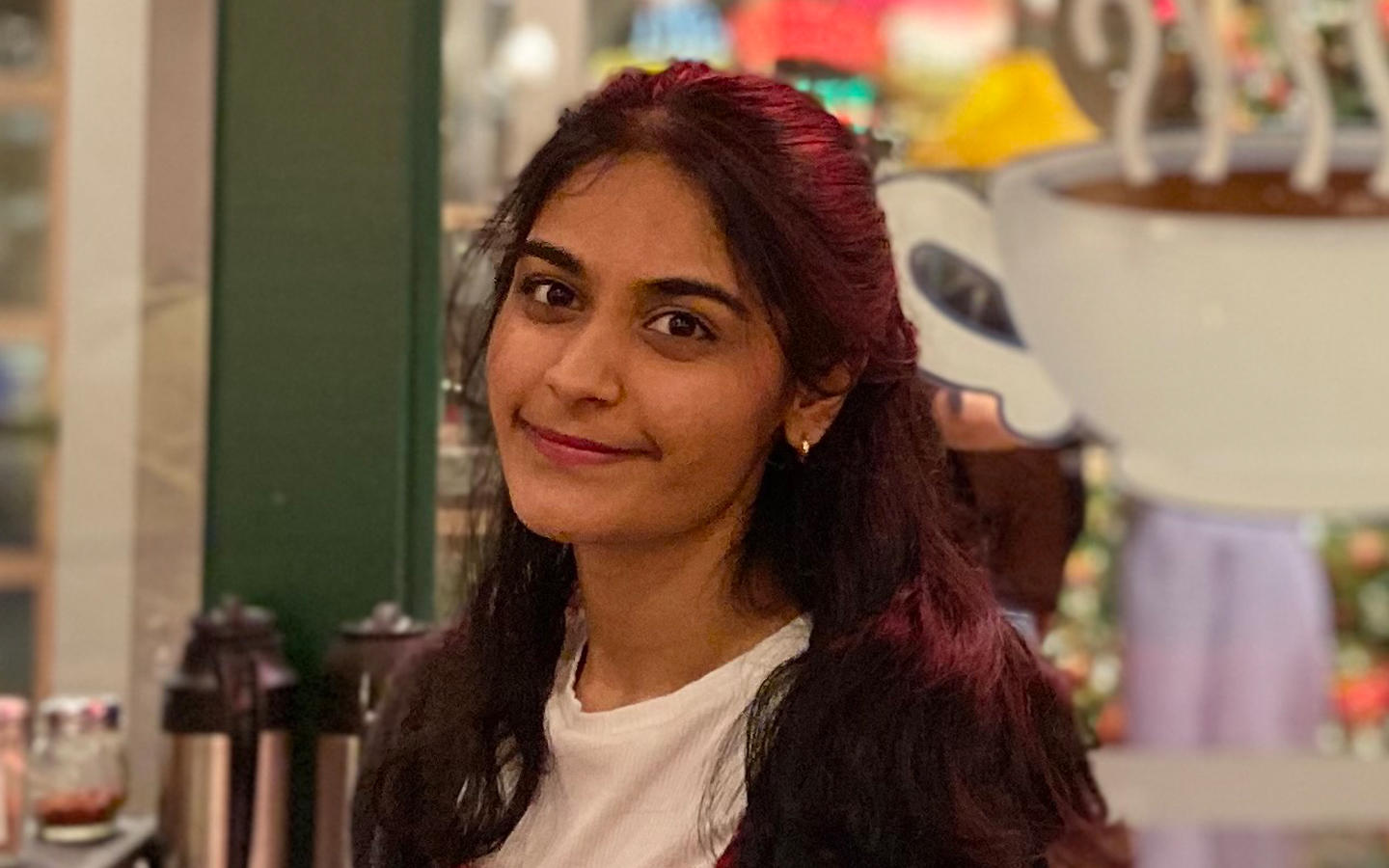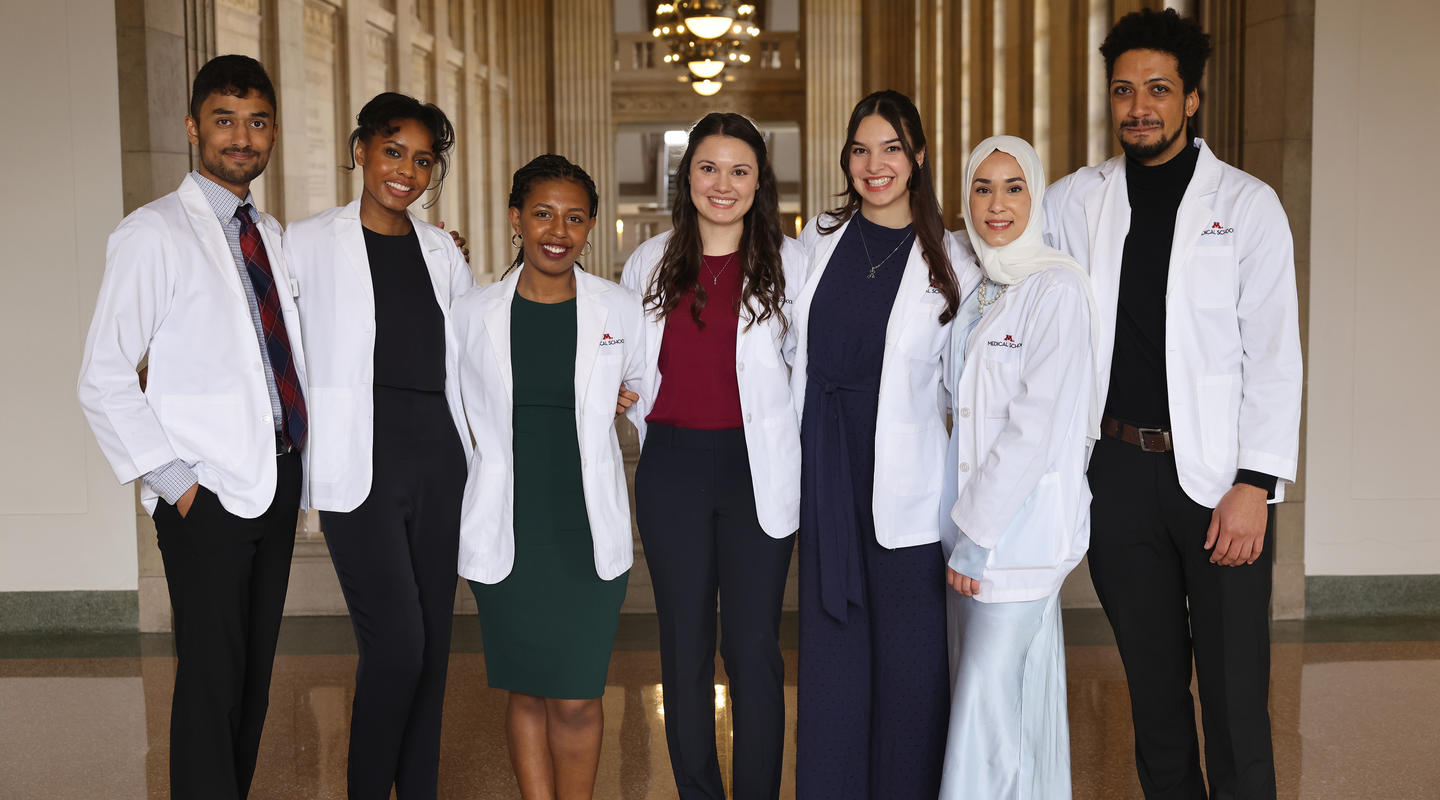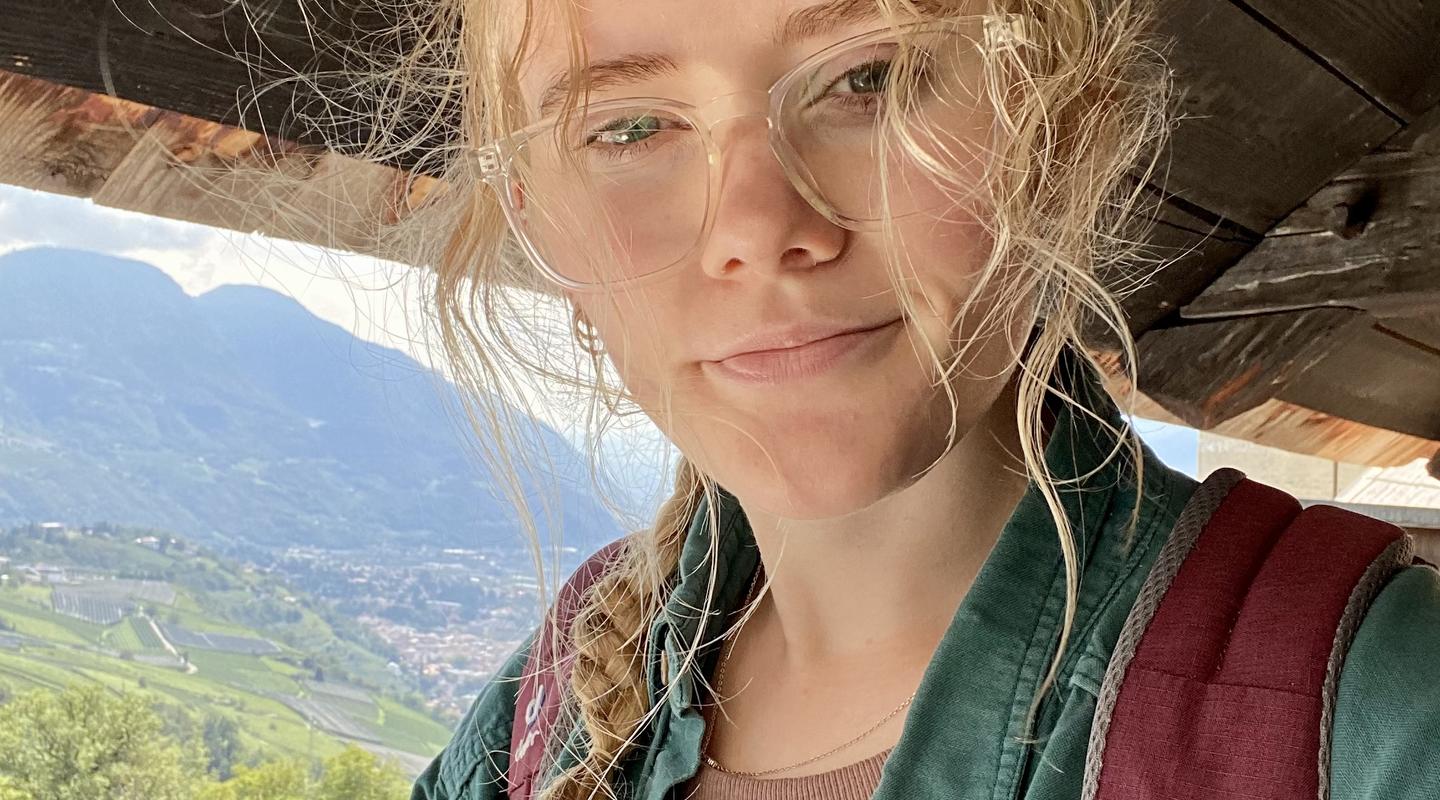
Swati Rampalli was a high school senior when she took her first class in statistics and computer science. It got her thinking about possibilities, including a career in bioinformatics. “I really liked the idea of how data could revolutionize fields like health care,” she says.
But when she started studying computer science in her first year at the University of Minnesota’s College of Science and Engineering, she felt a bit of imposter syndrome. “Many people in the major had known what they wanted to do for a while. I felt like I didn’t have much knowledge and experience in the field coming into it,” says Rampalli, who graduated in 2022 and plans to start medical school this fall.
Support Code the Gap
This fund supports activities and events of the campus life student group, Code the Gap.
Her experience led her to co-found Code the Gap, a student group that encourages kids from backgrounds that have been historically underrepresented in science, technology, engineering, and math (STEM) jobs to explore those fields.
“The general lack of representation can be disheartening for students who don’t see someone who looks like them in those fields,” Rampalli says. “It subconsciously builds thoughts like, ‘This isn’t for me.’ We need to change that.”
Python pipeline
During the 2020 school year, Code the Gap worked with Community School of Excellence in St. Paul to bring high school and middle school students (and even a second grader) into the program. Ten student volunteers from the U of M taught Python, a programming language, during the twice-weekly online sessions.
This year, she says, they brought kids to the Twin Cities campus for coding classes and a chance to hear from faculty and people in industry about what led them to STEM careers.
Rampalli says co-leading Code the Gap taught her about empathy, compassion, and understanding—skills that helped when she took part in a National Science Foundation research project at George Mason University. Rampalli was part of a team that created an app to help people with speech disabilities communicate their needs in everyday situations such as grocery shopping or dealing with an emergency.
She credits scholarships with letting her to have these experiences. “To receive that kind of encouragement and support means a lot to me. It allowed me to continue my research and teaching in student groups, and that increases my confidence,” says Rampalli, a recipient of the E. Reuben and Gladys Flora Grant Scholarship and the Maximilian N. Lando Scholarship.


